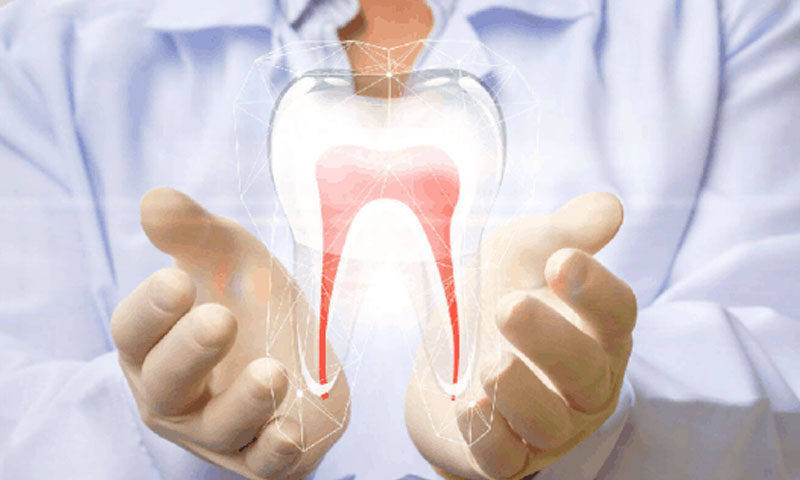Endodontics specialists are familiar with a number of diseases that involve the dental pulp and the procedures to treat them.
The dental pulp is the innermost part of the tooth. The pulp is protected by the outermost part of the tooth, the enamel, as well as by the dentin that lies underneath the enamel. This hard casing of the pulp protects it from becoming infected by microbes present in the mouth. In cases of tooth decay, this outer cover erodes away to form holes or cavities that expose the dental pulp to these microbes as well as to hot and cold temperatures. Since the pulp is rich with nerves and blood vessels, infection of the pulp can lead to sensitivity and toothache.
Some of the procedures used in endodontics include:
Root canal treatment – This is one of the most common procedures for treating the dental pulp in moderate-to-severe cases of tooth decay. The infected tooth is opened up at the crown to provide access to the root canal within. All infected material is removed and once the tooth is clean, the root canal is enlarged so that it can be filled with a temporary dental filling. Once the tooth has healed, this temporary filling is removed, replaced with the permanent filling, and the tooth sealed to prevent a recurrence of infection. A crown may be placed over the tooth to protect the filled tooth from damage.
Endodontic retreatment surgery involving removal of the protective crown and the filling inside so that a tooth that did not heal properly or has developed new problems can be retreated and refilled.
Treating injuries or cracks in the teeth that involve the dental pulp.





Let's Call You